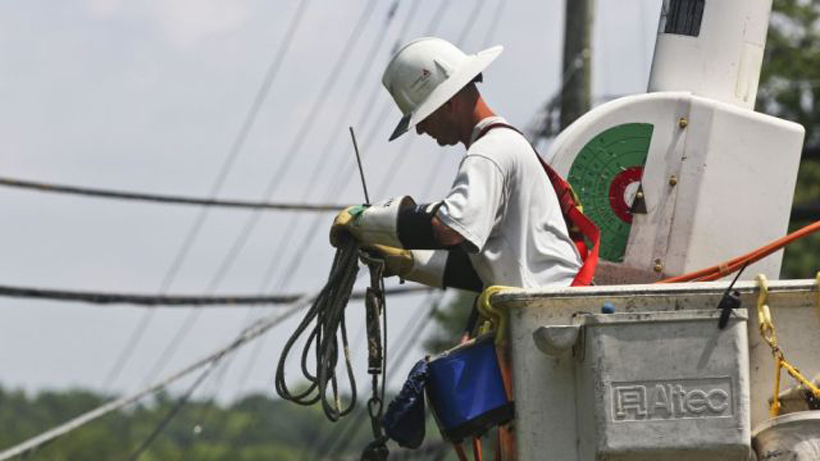This month the Institute for College Access and Success (TICAS), a nonprofit group that seeks to make higher education more affordable and and accessible, released Student Debt and the Class of 2013, an annual report that examines student loan debt around the country.
Using data provided by public and nonprofit colleges, the report takes the usually theoretical debate surrounding student debt and adds actual numbers to the conversation. No for-profit colleges were considered because only 8 of 595 for-profit colleges reported debt numbers.
Overall, student debt for bachelor’s degrees is rising, but the figures vary drastically depending on where you live. “High-debt states remain concentrated in the Northeast and Midwest, with low-debt states mainly in the West and South,” the report says.
According to the report, 69% of seniors graduating from college in 2013 had student loan debt, often in the form of private loans, which are generally more costly than federal loans. The national student loan average last year was $28,400, slightly higher than 2012’s average of $27,850.
The report broke down each state’s student debt data and ranked where each state stands nationally. Here’s how Alabama fared:
Alabama’s average student debt of $28,895—$495 more than the national average—means the state has the 12th highest average in the nation. But only 54% of students in Alabama have debt, which puts Alabama in a more favorable 40th place.
The worst state for student debt is New Hampshire, with an average debt of $32,795 and 70% of students taking on loans. New Mexico is the best with an average of $18,656, although 54% of students take on loans there, too.
Of course, there are always outliers. The report also noted that some universities have particularly high debt levels that exceed the state’s average. TICAS calls these schools high-debt colleges, and the 20 high-debt public colleges and universities in the report have an average debt ranging from $33,950 to $48,850.
The University of West Alabama made the list of top 20 high-debt colleges, although the report does not reveal exactly what the average debt is. According to U.S. News & World Report, in-state tuition at the University of West Alabama during the 2013-2014 school year was $7,660, and the out-of-state tuition was $14,170.
These numbers may seem staggering, but not everyone is convinced that our nation is experiencing a student debt crisis. Earlier this year, Jeffrey Dorfman, a professor of economics at the University of Georgia and a frequent contributor to Forbes magazine, wrote that an unbiased look at the numbers reveals that the student loan debt crisis is a myth.
“A recent Brookings Institution study by Beth Akers and Matthew Chingos carefully compared debt, education, and income levels from 1989 through 2010,” writes Dorfman. “They find that debt levels are rising more slowly than the income gain from a college degree, that debt payment burdens are actually falling thanks to lower interest rates, and that most of the really large debt amounts belong to those with graduate degrees who are most able to pay for such large of debt loads.”
Dorfman goes on to argue that the crisis we constantly hear about on the news is really confined to a small number of people. “Over 80 percent of young households have student loan debt considerably less than an average car loan,” he writes. “Most could pay off their loans in one or two years post-graduation if they held their spending down and devoted their new, higher earnings to student loan debt reduction.”
In a Detroit News op-ed published this week, Jane McNamara, CEO of GreenPath Debt Solutions, says that rising tuition is a factor when it comes to student debt, but the most important issue is making sure students are making wise financial decisions.
“We must equip those students with the skills, knowledge, and clear understanding of how to manage their finances and debts after graduation,” writes McNamara. “By doing so, we will be able to head off a student loan bubble by dramatically reducing delinquency and default rates, while positioning college graduates to achieve a successful financial future.”
What do you think? Is this an issue that concerns you? What are the best ways to combat rising student debt in Alabama? Let us know in the comments below.














